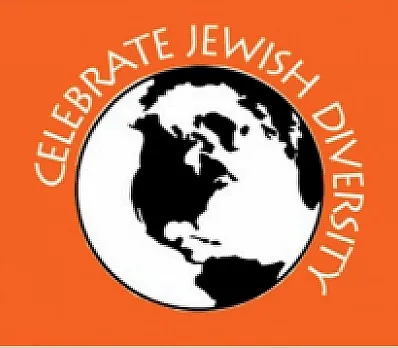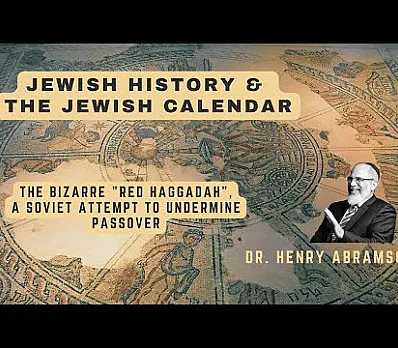HISTORY OF PASSOVER
How the Passover celebration came to be in its present form is a result of the adoption and transfer of two earlier customs - each borrowed from other neighboring cultures by the Hebrews
The first custom was practiced by early nomadic breeders of sheep and goats and was a pastoral feast called the "Passover" that had two parts: (1) They sacrificed and ate a paschal lamb in order to secure protection from their Gods for a safe journey just before they were about to migrate from their desert winter pastures for cultivated areas. (2) The blood of the sacrificed lamb was spread on the doorposts and lintel of their tents (and later their households).
The second custom that the Hebrews adopted was most likely practiced by the settled segment of Cananite society, who lived in villages and who drew their subsistence from farming. It was an agricultural feast that consisted of the eating of unleavened bread to celebrate the start of the grain harvest season. Of the cereals grown by the ancient Israelites in this period, the first grain to be ready for harvest was barley. Barley flour hardly rises, and the baking techniques of the time tended to make flat and hard bread.
The "Passover" was the first custom of these two customs to be celebrated, and was followed the next day by the feast of the unleavened bread, which was observed for 6 days.
The nomadic breeders' act of migrating from the desert pastures to cultivated areas was similar to the Hebrews' act of migrating from Egypt to the Sinai desert, and so it was easy for the Hebrews to connect the nomadic breeders' migration event to the Passover of Egypt migration event. The sacrifice of a lamb, in which the lamb itself was called the "Passover", became associated with the Exodus from Egypt as a result, and over time, was "historicized" and "traditionalized" into the Hebrew and Jewish culture, respectively. Since the spreading of the lamb's blood on the doorposts and lintel was associated with the death of the "Passover", or the sacrificial lamb, the Hebrews connected the spreading of the doorposts and lintel with blood to the story of the Death of the First-Born Son in each Egyptian household which comprised the 10th and final Plague on the Egyptians. The Hebrews spread the blood of the paschal lamb on the doorposts and lintel of their homes, to spare the first-born son in each Hebrew household, so the Angel of Death would “pass over” the Hebrew households.
It was also easy for the Hebrews to identify the festival of eating unleavened bread with the Exodus from Egypt. They said that the Hebrews were forced to eat unleavened bread during their flight through the Sinai.
The two customs were initially celebrated as separate festivals. Over time, the two customs or festivals were then "historicized" and "traditionalized" as part of the Passover of Egypt story. After the Exile of most of the Hebrews from the Kingdom of Judah Judea by the Babylonians in 587 B.C.E. or 586 B.C.E., the two separate festivals were merged into one festival known simply as "Passover".
Gradually the location of the celebrations was moved from the home and the community to the Temple in Jerusalem. All would bring their paschal lamb to be sacrificed at the Temple. The family would take the lamb for a meal to eat elsewhere. This was the form of the Passover meal that is described in the New Testament as Jesus’s last supper. The feast of unleavened bread began the day after. The singing of songs and the drinking of wine during meals during this portion of the festival was introduced about 165 BCE
The basic design of our current seder dates back to 70AD, after the destruction of the Temple. A group of Rabbis, headed by Rabban Gamaliel designed a new celebration to take place in the home. At the beginning it also included the sacrifice of a lamb, but within a few generations that ended. The focus shifted from sacrifice to the Exodus from Egypt.
Inspired to create
your own Haggadah?
Make your own Haggadah and share with other Seder lovers around the world
Have an idea
for a clip?
People like you bring their creativity to Haggadot.com when they share their ideas in a clip
Support Us
with your donation
Help us build moments of meaning and connection through
home-based Jewish rituals.
OUR TOP CONTRIBUTORS
Passover Guide
Hosting your first Passover Seder? Not sure what food to serve? Curious to
know more about the holiday? Explore our Passover 101 Guide for answers
to all of your questions.






















